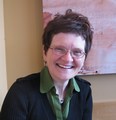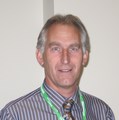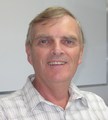2ND ANNUAL SYMPOSIUM ON PLANNING FOR RESILIENCE: “Living Water Smart lays out out the vision of where British Columbia needs to go in order to build greener communities and adapt to a changing climate,” stated Kim Stephens when he represented the Water Sustainability Action Plan as a panel member on Uncertain Water Supplies (March 2010)

“When I reflect back on what I have learned in my career, I believe that clear thinking is needed more now than ever. Time and time again, I have seen how we create layers of complexity around assumptions. One of my rules of thumb is that, if you take any kind of initiative, drill down and peel back the layers of the onion until you get down to the simple assumption. So often, it tends to be flawed. Ask a different question and you will get a different answer,” stated Kim Stephens.










